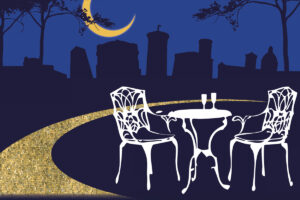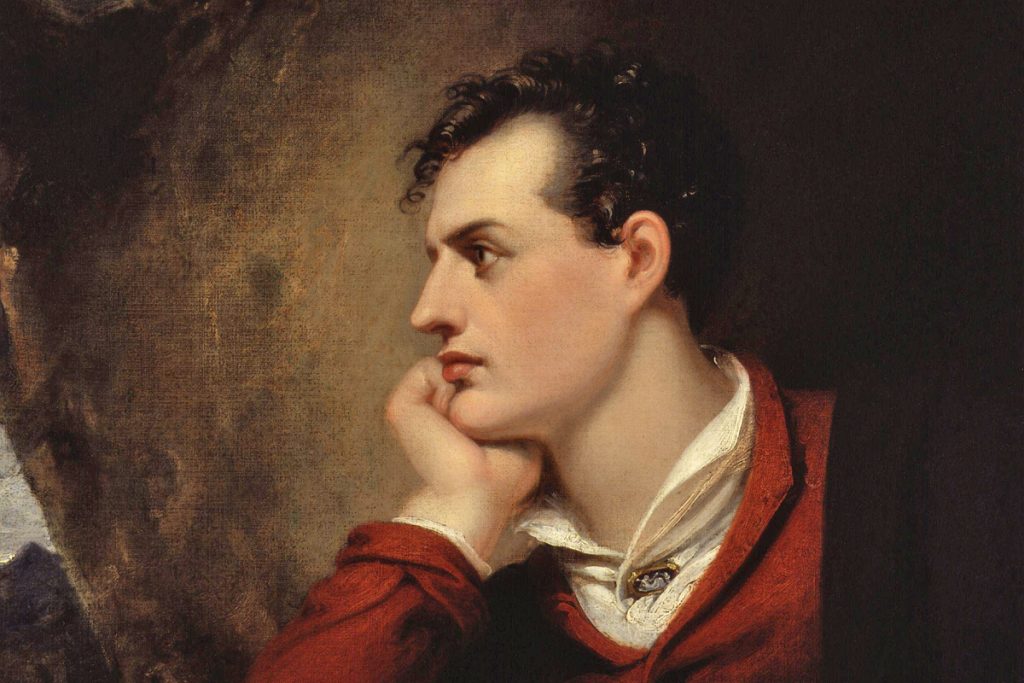For literature and history enthusiasts who like to retrace the footsteps of the greatest poets and writers when travelling, Ravenna offers many possibilities. Today it is above all known for being one of the “capitals” of Dante, but the city also lends itself well to those who want to get close to the most eccentric poet in English literature. Did you get who we are talking about? Here is the story of Lord Byron in Ravenna!
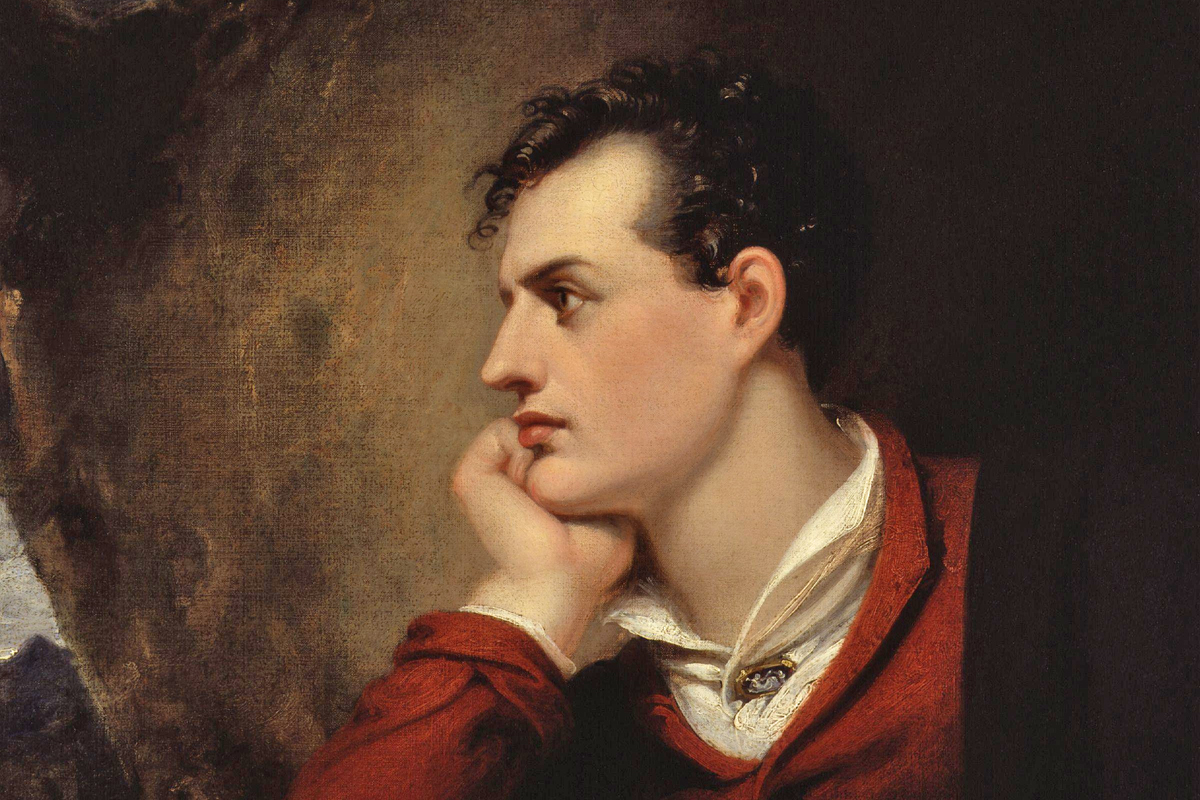
George Gordon Noel Byron (1788 – 1824) had a very adventurous life. Born in London to a noble family, he was able to travel from a very young age: his restless spirit and curiosity led him to discover Europe at the time of the Grand Tour.
He arrived in Italy for the first time in 1816, where he made a reputation for himself as being a great lover. Of the many women he saw, the one most dear to his heart was the beautiful Teresa Gamba Guiccioli from Ravenna.
They met each other in 1819 in Venice, in the salotto of the Countess Benzoni. Teresa was already married to Alessandro Guiccioli, a count over forty years older than her, but this marriage did not stop the two young people from indulging their sentiments.
June 9, 1819 was Lord Byron’s first time in Ravenna, where he went to be able to be close to his beloved. Here, where he had now by now become the countess’ official and recognized lover, Byron spent a few happy years of his life. Teresa’s influence made this stay one of the most peaceful periods of his life, even if there was no shortage of adventure to be had.
Thanks to his acquaintance with Pietro Gamba, the brother of Teresa, he became involved in the sect of the Carbonari, whose cause he espoused.
When Teresa’s husband reported him in 1821, he had to leave Ravenna quickly, first reaching Pisa, then Livorno, and finally leaving Italy (and Teresa) for good in 1823. He went to Greece to take part in their war of independence where he met his end the next year.
During his two-year stay in Ravenna, Byron composed four dramaturgical works: Caino, Marin Faliero, Sardanapalo and I due Foscari, as well as some pieces of Don Giovanni, La profezia di Dante and Lamento del Tasso.
In addition to these, there are many fragments and poems that testify to his stay in our territory. Of Ravenna, in a letter of 1819, he wrote:
Ravenna retains more of its old Italian style than any other city. It remains out of the way of travelers and therefore that style has remained original. People make much love and murder every now and then. The department is governed by a cardinal legate […] to whom I was introduced and who reccounted to me some curious anecdotes from the past, about Alfieri and others.
If you want to retrace his steps, here are some tips for rediscovering Lord Byron’s places in Ravenna: from those he lived and frequented, to those that inspired his compositions.
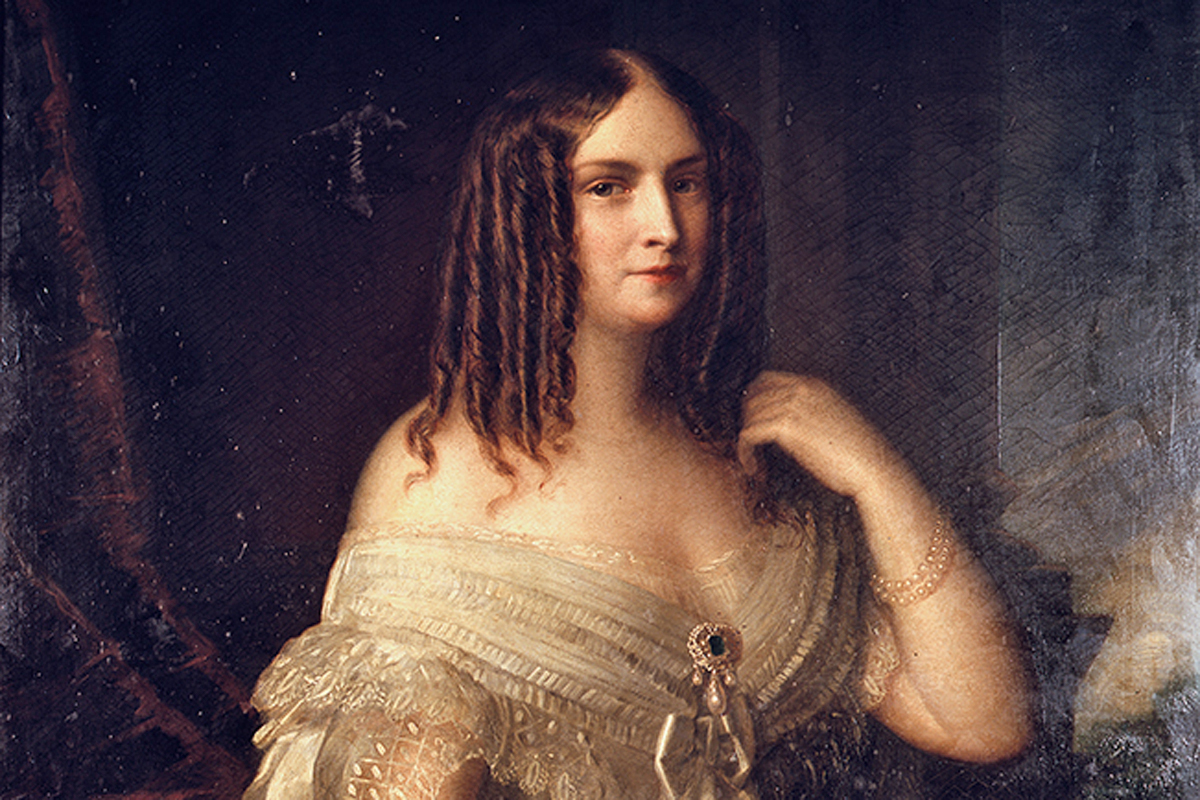
Oriani Library and Palazzo Guiccioli
If you want to visit the places where Lord Byron stayed in Ravenna, you can start with the Oriani Library. Even if Casa Rizzetti no longer exists, this is where Albergo Imperiale stood and where the poet stayed during his first visit to Ravenna in 1819. It was located in the very heart of the city, a stone’s throw away from Piazza San Francesco and the Tomb of Dante, where he spent every day in search of poetic inspiration.
Palazzo Guiccioli (via Conte di Cavour 54), the abode of Alessandro Guiccioli and Teresa Gamba, soon became the home of Lord Byron as well. The apartments on the first floor of the prestigious building were rented to the poet upon becoming the countess’s official lover.
From November 2024, this building has been home to the Byron Museum and Risorgimento Museum, preserving precious relics that belonged to the poet – and is also the headquarters of the Italian Byron Society.
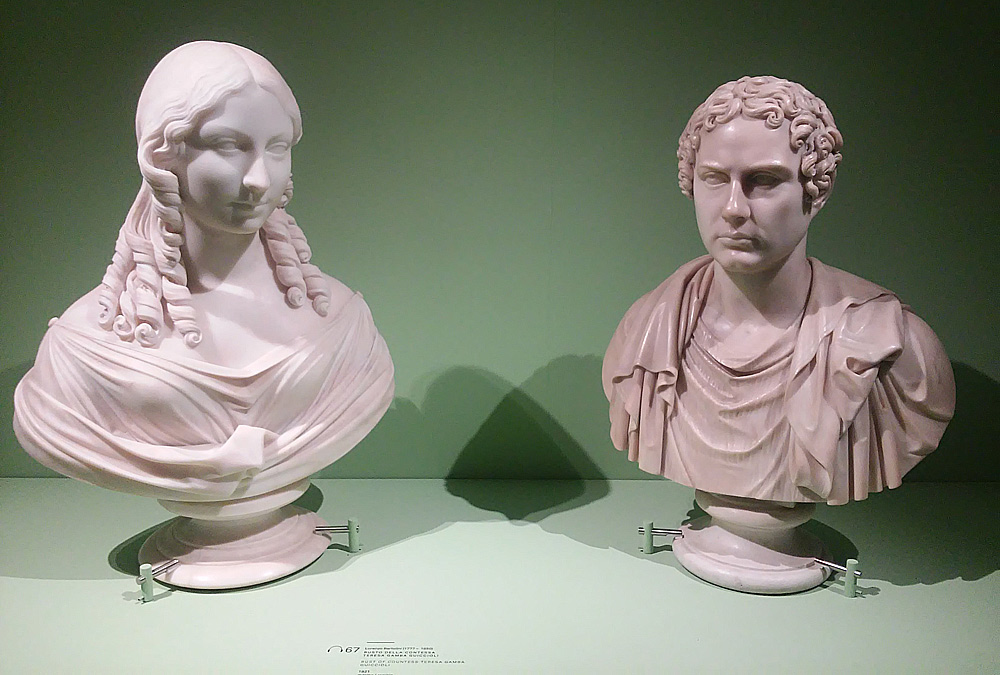
Pine forests of San Vitale and Classe
In the years he spent in Ravenna, Lord Byron loved to spend a lot of time in the charming natural landscapes located in the city’s environs.
Above all, he often devoted himself to excursions on horseback in the Pine forest of Classe, which inspired him more than a poetic thought.
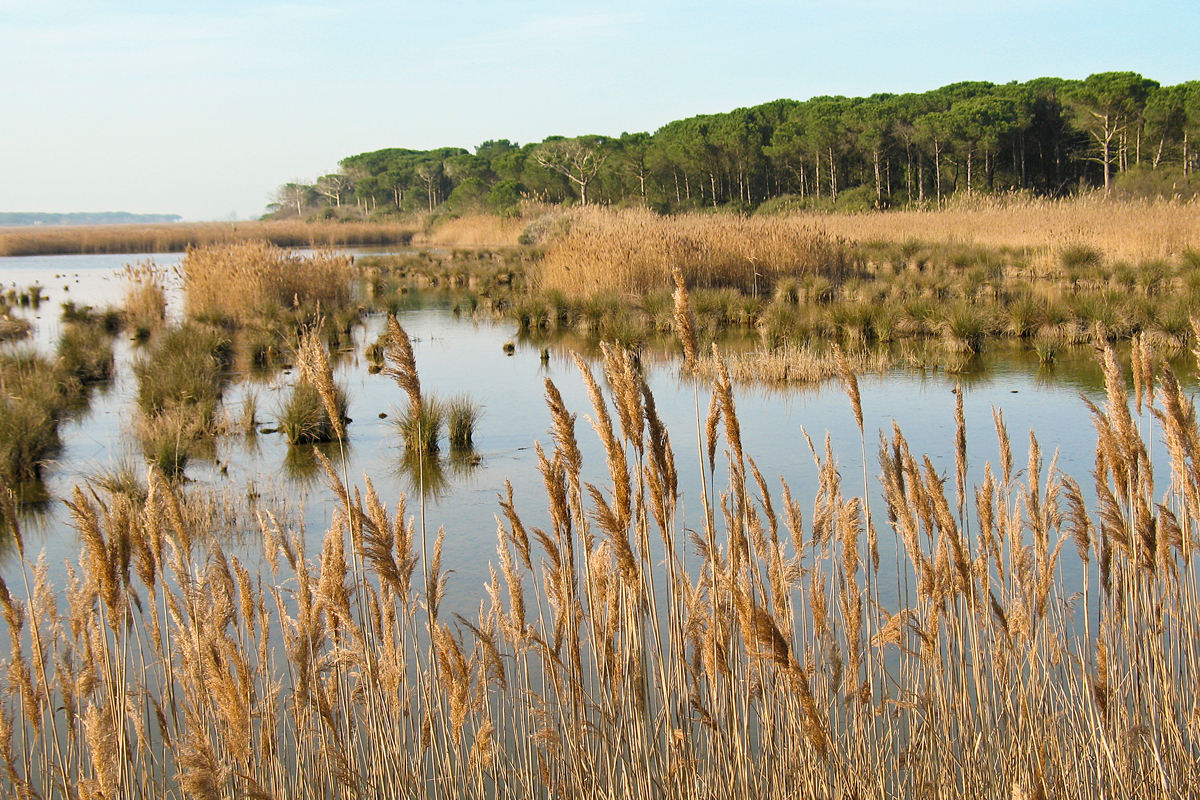
Palazzo Cavalli
In 1820, in via Salara 40, the home of Count Cavalli, one of the parties that Byron attended was held. A great connoisseur of the world’s raffinements, he always knew how to attract people’s attention.
That occasion went down in history because, when he was introduced as the knight servant of the beautiful Teresa Gamba, the poet made his entrance accompanied by seven servants, nine horses, three peacocks, two cats, a mastiff and a goose.
Dante’s Tomb
How could a poet of his calibre not be fascinated by the presence of Dante’s remains?
Byron took inspiration from the memory of the Italian Supreme Poet, to whom he dedicated many reflections.
In 1820 he also attempted to translate the hellish tale of Paolo and Francesca, perhaps the most celebrated lovers of the Divine Comedy, whose story is deeply linked to the territory of Romagna.


